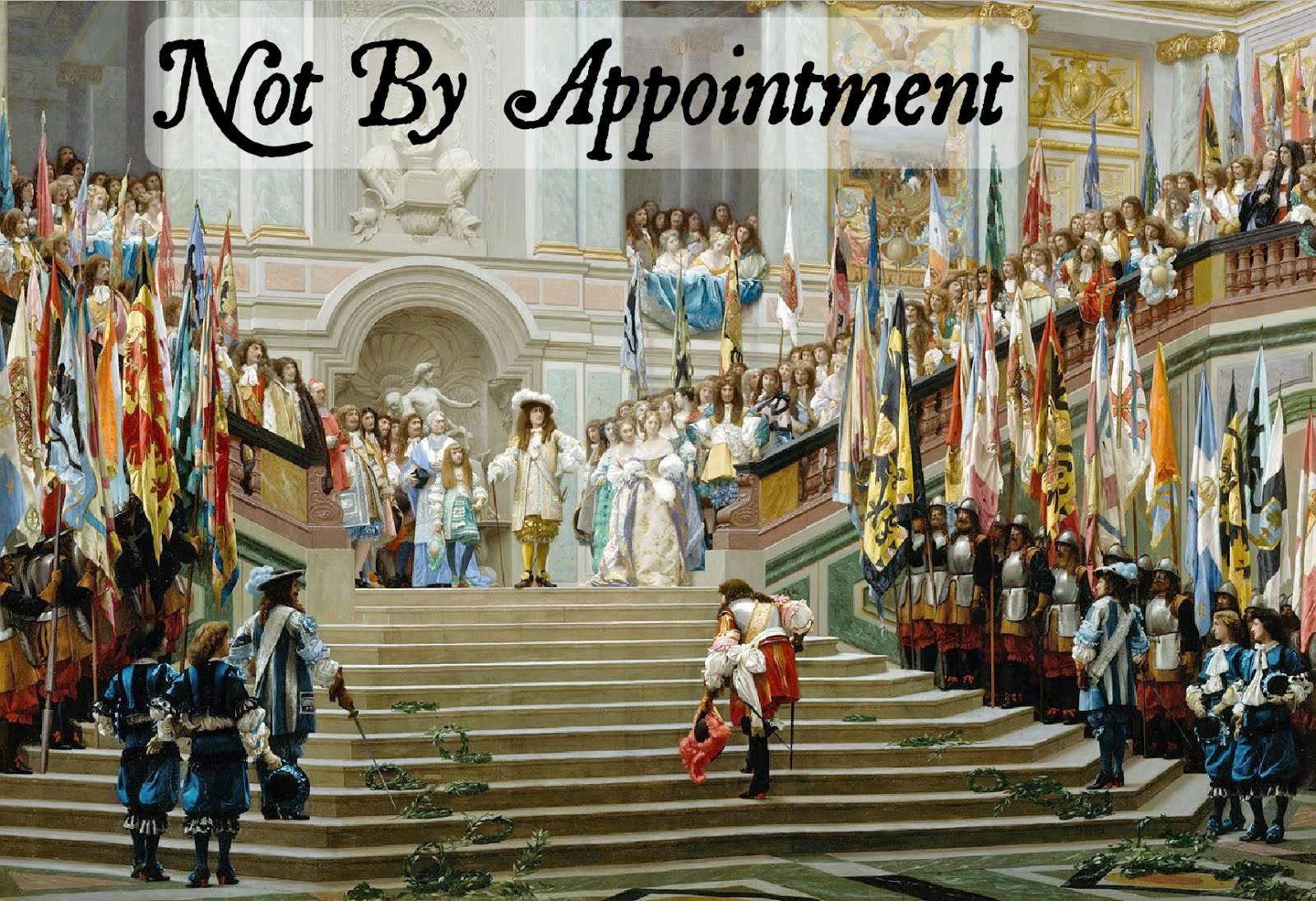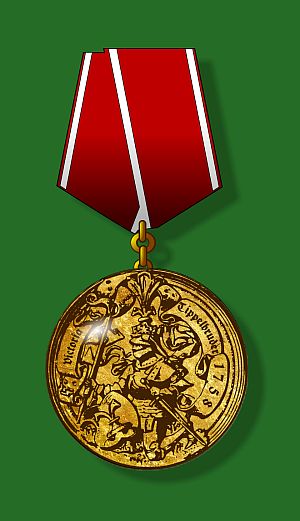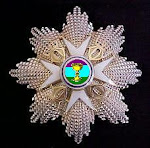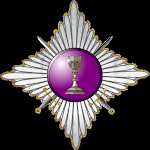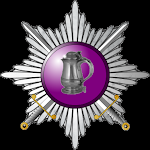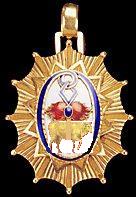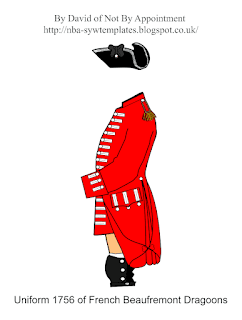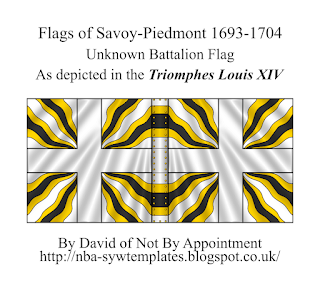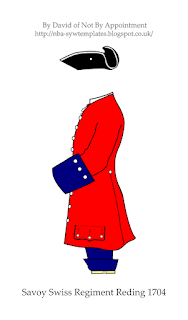One of four dragoon regiments raised in 1673, this regiment was recruited in Franche-Comté, of ten companies. For nearly a century of its existence it was closely associated with the Beauffremont family (the name is rendered in several different forms, double ff, single f etc.) Ranked 8th among the dragoons in 1756.
The motto was that of the house of Beaffremont.
Service:
1674: Reconquering places in Franche-Comté from the Spanish and then cantoned there
1675: On the Meuse in the sieges of Dinant, Huy and Limburg
1676: Army of Flanders and at the sieges of Condé, Bouchain and Aire
1677: Sieges of Valenciennes and Cambrai
1678: Capture of Gand and Ypres; battle of Saint Denis
1681-1683: Camp de la Sarre
1681: Capture of Strasbourg
1684: Helped cover the siege of Luxembourg
1685: Became Grammont Dragoons
1688: Army of the Rhine; capture of Philipsbourg, Mannheim and Frankenthal.
1689: Combat of Walcourt; relief of Mayence
1692: Flanders; siege of Namur and battle of Steenkirchen
1693: On the Moselle
1694: Flanders
1695: Defence of Namur
1696: Became Payssac Dragoons
1698: Camp of Compiègne
1699: Became Beauffremont again
1703: Bavaria; siege of Kehl, attack on the lines of Stolhofen, the entrenchments of the valley of Hornberg, combat of Munderkirchen, first battle of Hochstedt, capture of Kempten and Augsburg
1704: Combat of Schellenberg (where the mestre de camp was seriously wounded); second battle of Hochstedt (Blenheim)
1705: On the Piselle
1706: Alsace; actions at Drusenheim, Lauterburg and Isle of Marquisat.
1707-1708: On the Rhine
1709: Flanders; battle of Malplaquet
1710: Defence of Aire; Marquis de Listenois (a Beaufremont) killed in a sortie
Renamed Beauffremont November 1710
1712: Sieges of Douai and Quesnoy
1713: Siege of Fribourg
1714: Camp of Saône
1733: Army of the Rhine; capture of Kehl and Philipsburg; combats of Ettlingen and Klausen
1741: In garrison at Linz and defence of that place; after the capitulation obliged not to serve for one year; returned to France January 1742
1743: Army of the Maréchal de Noailles; battle of Dettingen
1744: Flanders; sieges of Menin and Ypres; camp of Courtrai
1746: Battle of Raucoux
1747: Battle of Lauffeld
1755: Camp de Richemont
1756-1758: Guarding the coasts of France
1759-1761: Germany
1763: Reorganised at Caen where it was stationed
And this was the uniform in 1756:
